Richard Keen has done it once again. Having reviewed a recent mural installation of his in Portland, I didn’t expect to be writing about him so soon, but Keen’s “Island Geometry: Monhegan” is one the most groundbreaking exhibitions of landscape painting I have seen in a while.
“Monhegan” is a large show occupying both of Moss’s gallery spaces. The 25 oil paintings on canvas fall into four distinct modes. Two follow logic that Keen used to drive his past work: marine landscapes divided into outlined geometrical forms by various forms of logic – hills, clouds, water, rocks, trees and so on. The newest group of these leaves behind Keen’s penchant for visual dialogues between the forms of nature and human marine culture. Instead, it reaches back towards the modernism of Marsden Hartley, John Marin, Milton Avery and cubism to investigate a compositional logic in which objects in the foreground garner sculptural form while the other elements knit themselves into a quilt-like, two-dimensional background.
This old-school approach was even featured in Leonardo da Vinci’s greatest paintings, such as “Virgin of the Rocks” and the “Mona Lisa,” except that Keen equates the flat elements in the picture with the painting’s surface rather than something like a theatrical backdrop. The first of Keen’s two new modes comprises jangling, straight-line landscapes with hard-edged and rather thorny trees. The other features straight-down views of rocks and blobs of seaweed at the water’s edge.
Visitors are greeted by Keen’s 7-foot “Aground #2.” It is classic Keen. We see the ghost of a ship on the rocky shore only by the geometrical echoes of boat forms in the water that continue through the ground forms into the sky. The motion of the water in the foreground is unusual and surprisingly compelling. Instead of following snapshot logic, the undulating forms convey energy and motion rather than a thing stuck in time. We find ourselves reading the lines of the water from left to right as we would a stock market graph – and it works. The physical scale of “#2” feels like finishing punctuation of that series, which makes it a worthy introduction to new directions in Keen’s work.
The small “Aground #7” is the most abstract painting in the show. It features a brick red diamond shape that touches the center point of a similarly-colored envelope form above and behind it. Above the rectangle is a narrow band of blue sky and framing the lozenge shape is the green of grassy ground (the right-hand sliver of which is the most exciting painterly passage in the show). The reductive geometry clearly beckons to the flattened landscape logic of Bay Area great Richard Diebenkorn, but the foreground pyramid in opposition to the flat background is straight out of Leonardo.
The full ambition of “#7,” however, is only fully revealed by Keen’s “Rockweed” paintings. “Rockweed No. 3,” for example, at first looks like black, white and green forms floating in a vague, blue sky-like space. But when you re-orient your view to be straight down at the water’s edge, the shapes become forms that pierce the flat plane established by the water. This puts the water in a direct relation to the picture’s surface by becoming an analogue of painting insofar as its surface is the plane by which forms are defined. This exceedingly rich and complex insight is an impressive flash of inventive brilliance on Keen’s part.
Keen’s series that feature driftwood, particularly the “Un-rooted” canvases, employ a related logic. The primary system is flattened into a map of the painting’s literal surface. In this case, however, the matrix is a tree that branches out on the surface of the painting not unlike a subway map. The approach is clearest in “Un-rooted #5” in which a bare gray tree creates a largely diagonal grid from the center of the painting. The background patches lie distinctly within the cloisonné-like lines created by the driftwood form. This effect is even more rigorous and elegant in paintings like “Un-rooted No. 7” in which the branches almost all pass beyond the visual edges of the painting.
Keen’s insight revealed within the driftwood painting is that objects – rather than the background – often form the plane of the picture surface. Keen is tacitly rejecting the cliché of painting as a window through which we look. Instead, he takes into account the distance between the viewer and the painting’s surface and offers a model that the painting’s surface can coincide with the primary object it represents. It’s easy to think of looking through a window at a landscape in no small part because a framed painting looks like a window. But it’s absurd to assume we’re looking through a window at Leonardo’s model for the “Mona Lisa” and Keen is inviting us to consider that picture plane coincides with the model rather than some imaginary (peep show-like) window between you and her. This coincidence of object/surface is potentially a vast and complicated topic, but it features a clear and easily noticeable achievement: Keen has found a compelling solution to a significant formal problem of representation that has long dogged figurative painters. An object within the painting can be used to establish the painting’s surface and both our literal and represented (i.e., fictional) distances from it.
It’s too easy to overlook landscape painting with a sweep of the hand and a mumble along the lines of “these clichés have been done ad nauseum.” Landscape painting can take on ever-changing ideas, such as the representation of our physical contexts, how we see ourselves in place and what that relationship means. With technological advances such as circumnavigating the globe, aerial photography, climate change awareness, Google maps and General Relativity, how we picture ourselves in the world has changed. And with the rate that visual media and topographical science have been evolving, we have reason to expect that landscape representations will transform even more. Keen’s “Island Geometry: Monhegan” makes the case that the staples of Maine art – landscape and figurative painting – represent potentially vast caches of fresh conceptual artistic content.
Freelance writer Daniel Kany is an art historian who lives in Cumberland. He can be contacted at:
dankany@gmail.com
Send questions/comments to the editors.

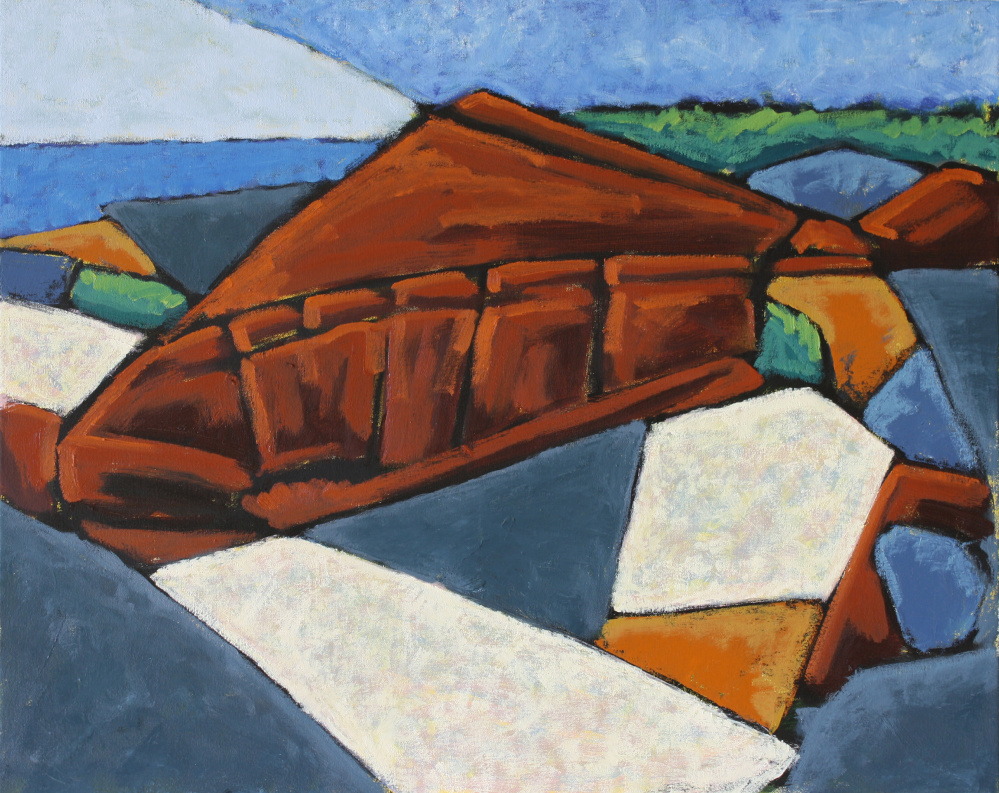
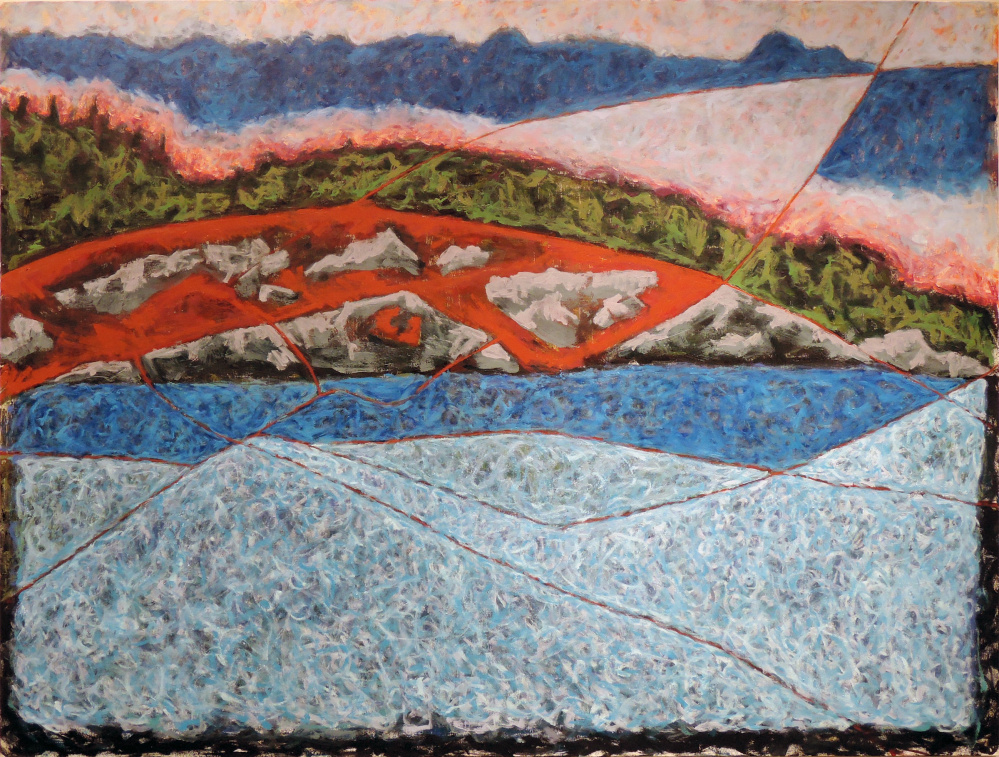
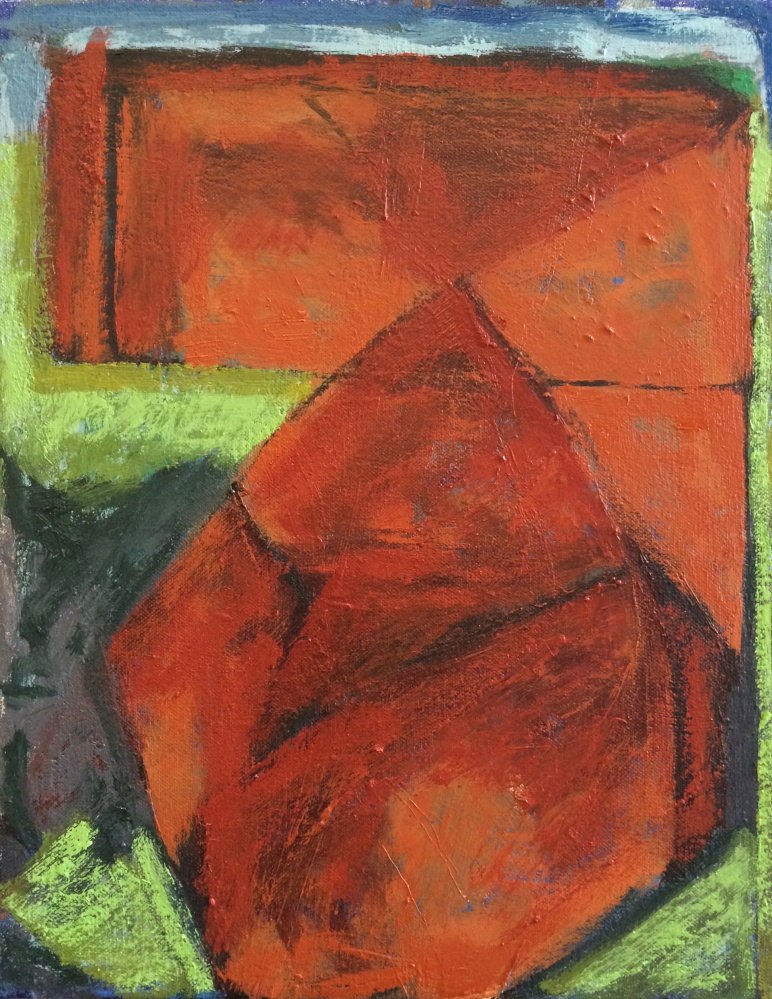
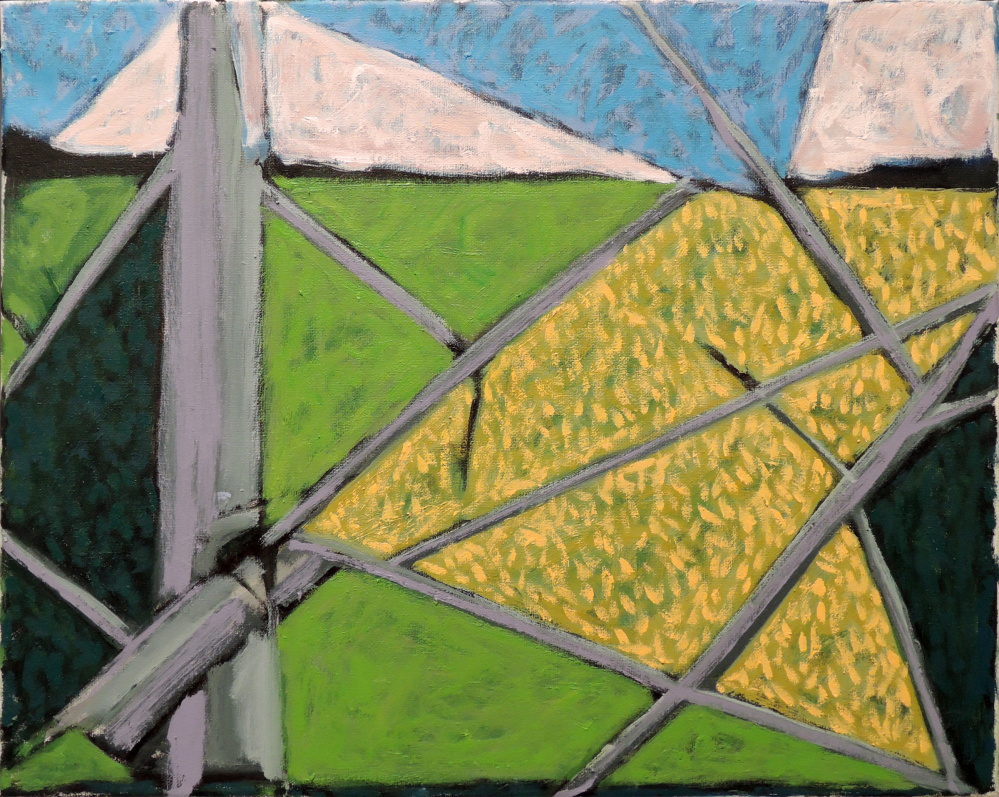
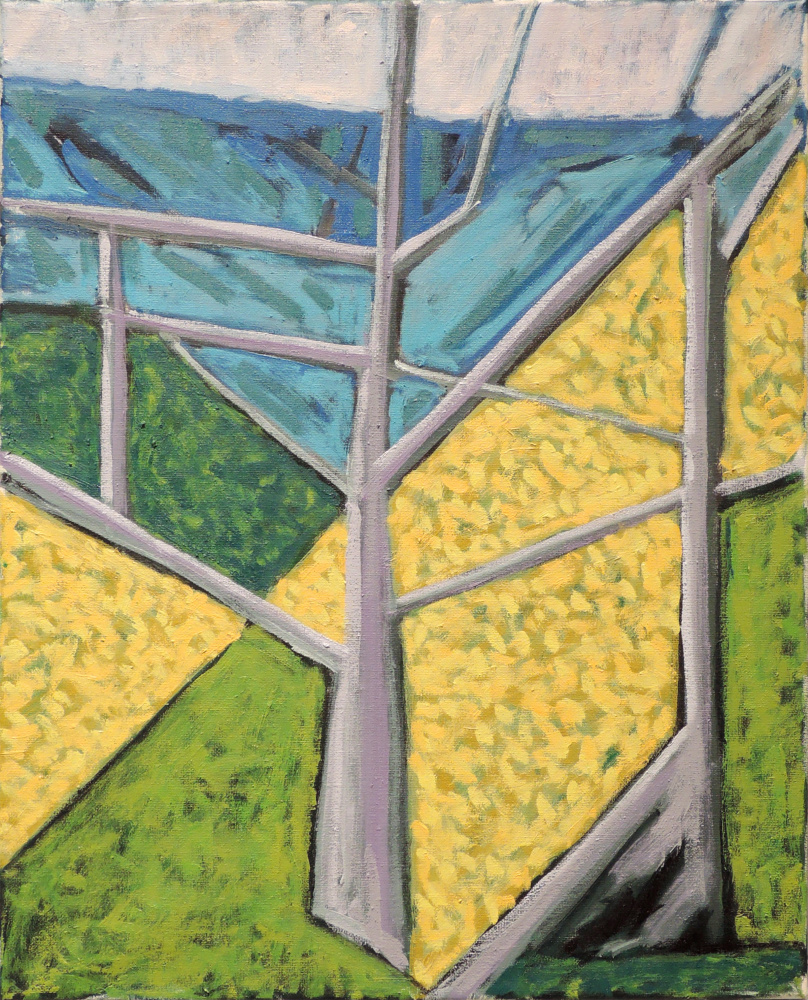

Success. Please wait for the page to reload. If the page does not reload within 5 seconds, please refresh the page.
Enter your email and password to access comments.
Hi, to comment on stories you must . This profile is in addition to your subscription and website login.
Already have a commenting profile? .
Invalid username/password.
Please check your email to confirm and complete your registration.
Only subscribers are eligible to post comments. Please subscribe or login first for digital access. Here’s why.
Use the form below to reset your password. When you've submitted your account email, we will send an email with a reset code.